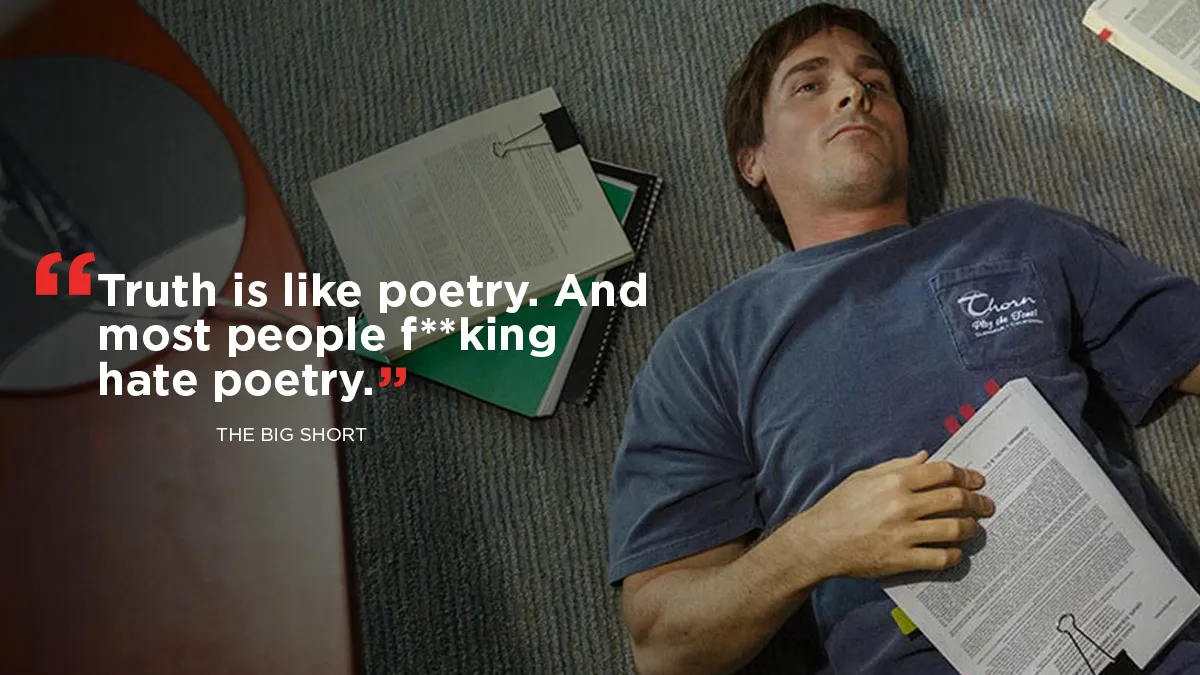This article is part of a series called Wall Street Secrets, which applies some of the best learnings from traditional finance to Web 3. We help investors rise above the noise by providing effective frameworks to make their decisions. Not financial advice.
Over 2 trillion dollars in value have vanished from the total crypto market capitalization between November 2021 and now. The impressive rallies and crashes seen in crypto have a simple cause: misperception of risk by most market participants.
In financial theory, there is a fundamental relationship between risk and return. How to apply it to DeFi?
We extracted 3 golden rules to make you a better investor.
Defining risk and expected returns
- The expected return of an investment is the average change in the initial value you invested, after a given period of time, across different market events/conditions.
- The risk of an investment, measured by volatility, is the amplitude of variation of the return, across different market events/conditions.
Golden Rule 1: Never accept more risk for the same return

At equal expected returns, investors always prefer certainty.
Imagine you have a choice between two assets which both cost $50k. Asset A will return you $200k in a year with a 50% chance, and $0 with a 50% chance. Asset B will return you $100k in a year with a 100% chance. Which asset would you choose? Most investors would certainly choose B.
The reason for that is that certainty allows taking long-term decisions and thus increases the likelihood of long-term value creation. For instance, you could want to buy a house that costs $100k in one year. Choosing asset B allows you to start prospecting and choosing your home in advance. You could even use asset B as collateral for a loan and buy the said house now.
This would not be the case for asset A. The expected return is the same: $100k. But the risk is much higher for option A. Maybe a gambler looking for risk would choose option A. But an investor will always choose option B.
Golden Rule 2: If it looks too good to be true, it probably is

In an efficient market, a low-risk/high-return opportunity will never exist long enough for unsophisticated investors to notice.
Imagine a low-risk asset, bond X, returning 3% a year. Imagine now that a new bond Y with the same risk but a return of 5% a year becomes available on the market. Investors would sell the bond X (causing its price to fall) and buy the bond Y (causing its price to rise). As a result, bond X’s yield increases and bond Y’s yield decreases. The two bonds with the same risk now provide an identical return.
The same logic applies to crypto: imagine that the market APR for a given, low level of risk is 4%. A new pool opens with $1m liquidity and it generates a native yield of 14% (without Ponzi-like token issuance). LPs will then massively deposit liquidity in the pool making the TVL climb until the yield (fees generated/TVL) goes down to 4%, the market rate.
An asset with an abnormally high return for a given level of risk is suspicious. You should investigate it by using the BS yield detector framework.
Golden Rule 3: Use the BS yield detector framework

Abnormally high returns for a given level of risk should raise three questions:
- Are all the risks advertised? Probably not. You’re taking a much greater risk than you think. Anchor Protocol is the textbook example of this situation. Investors were promised a 20% annual return on a “stablecoin” whose value was dependent on a worthless, volatile, and vulnerable asset.
- Does the advertised return correspond to the actual return you will earn? Probably not. For instance, Automated Market Makers advertise a positive, sometimes double-digit return derived from trading fees. But they don’t take into account Impermanent Loss, which turns those returns negative for almost half the investors (at least in Uniswap v3).
- Is the market efficiently evaluating the risks? Likely yes, but not always. In this case, you’d better hurry as you’re witnessing a great investment opportunity. This was the case of Sam Bankman-Fried when he made billions exploiting arbitrage opportunities on Bitcoin price differences between the US, Korea, and Japan. At the time, the crypto market was very early and inefficient. Today, these kinds of human-exploitable arbitrage opportunities are extremely rare.
All in all, you can become a better investor by applying the 3 Golden Rules:
- Golden Rule 1: Never accept more risk for the same return
- Golden Rule 2: If it looks too good to be true, it probably is
- Golden Rule 3: Use the BS yield detector framework
Found this article useful? Don’t forget to share it on social networks!


